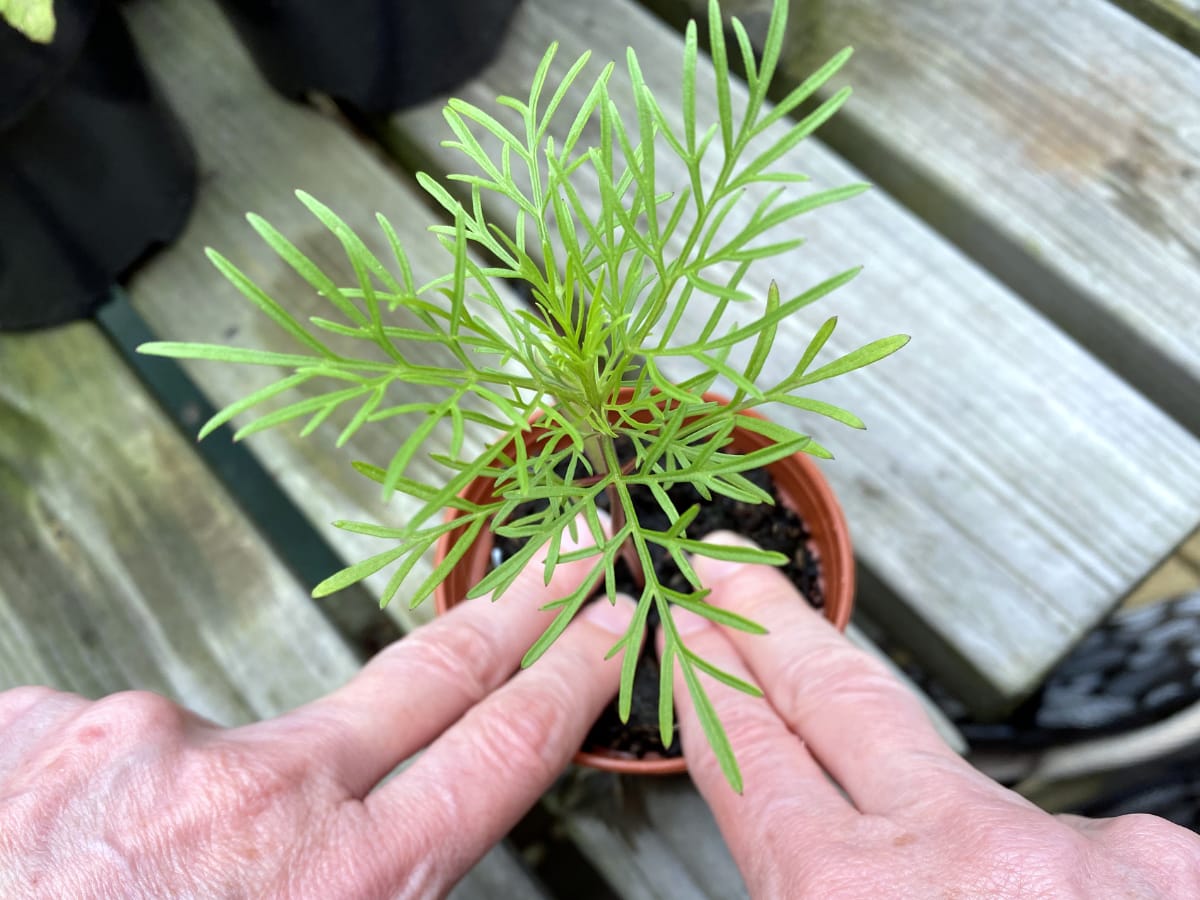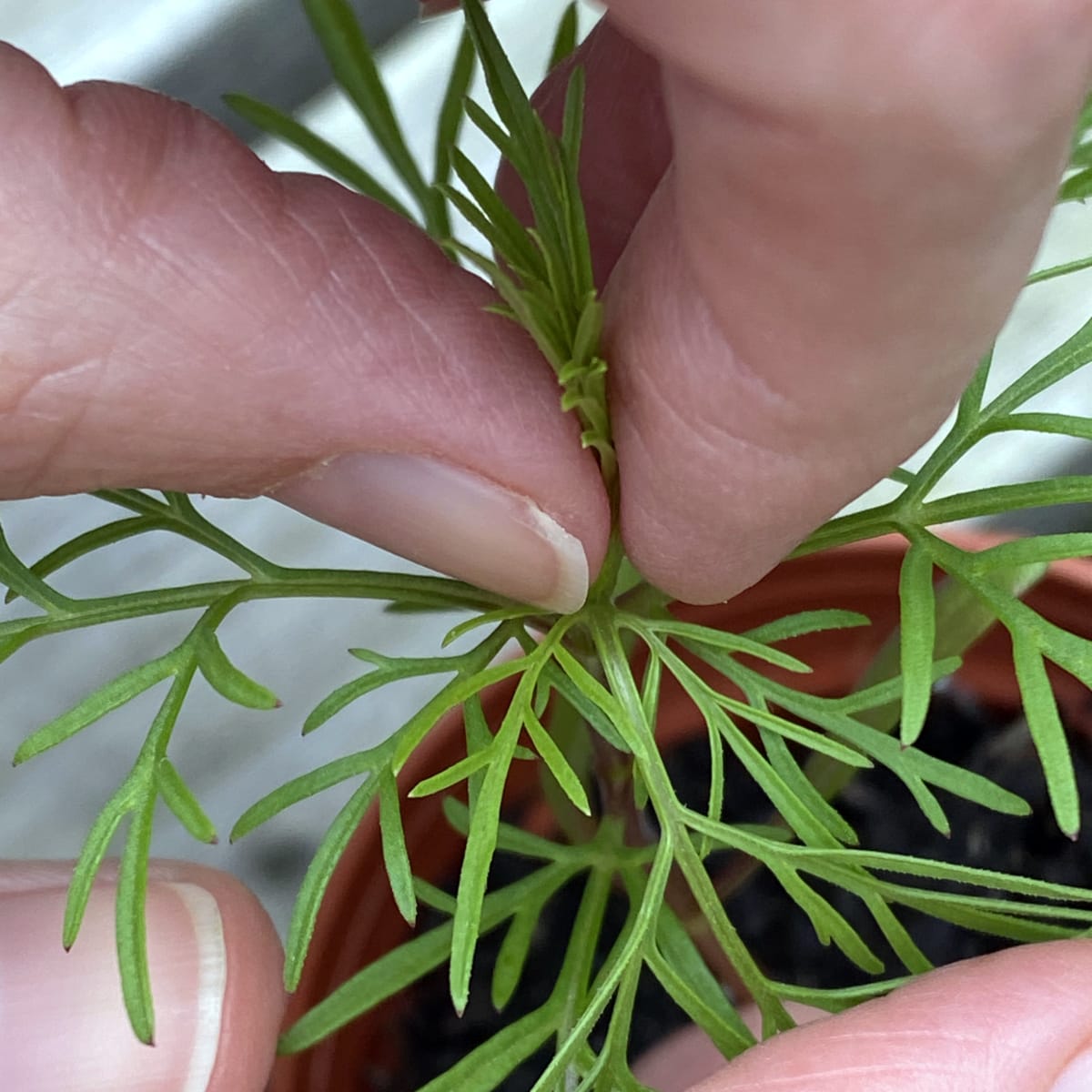Nothing in Basket!
Cosmos became a delightful addition to my garden in 2023. Drawn by their reputation for attracting pollinators, I started with a packet from Sarah Raven's website. While, a smaller variety also emerged from my existing prairie seed mix. I was captivated first by the feathery foliage, and then utterly charmed by the blooms that drew a constant buzz of happy pollinators, including the humble bumble bee. Needless to say, Cosmos have become an indispensable part of my garden.
This guide provides comprehensive information on cultivating cosmos in British gardens, from sowing seeds to achieving a vibrant floral display.
Flowering Powerhouse:
Cosmos are renowned for their sun-worshipping nature and extended flowering season, stretching form May to October. These vibrant blooms, ranging from pristine white to captivating shades of pink, red, and orange, in pastels or deeper shades of colour with delightful feathery foliage. Shorter varieties enhance container displays, while all cosmos varieties excel as cut flowers. Their simple, open form guarantees to illuminate any garden throughout autumn, attracting a multitude of pollinators.
Cultivation Essentials:
To cultivate flourishing cosmos, opt for moist yet well-drained soil in a location bathed in full sun. Regular deadheading extends the flowering period. Seeds can be saved from spent blooms for subsequent seasons.
Location Selection:
Originating from Central and South America, cosmos thrive in warm, sunny areas with free-draining soil. As they do so well in dry sunny areas, we added them to our prairie mix with is drought tolerant.
Sowing and Planting:
Cosmos seeds can be sown directly into the designated growing area in early spring, or alternatively, sown indoors in small pots or modules filled with free-draining seed compost. For pot-grown seedlings, transplanting occurs in late May, once the risk of frost has subsided.

Potting on from seedling trays
Cultivation Practices:
Once seedlings establish 2-3 pairs of leaves, consider pinching out the growing tips to promote bushier growth and enhance flower production. Taller varieties may necessitate staking for support. Regular deadheading and application of liquid fertiliser throughout the flowering period will encourage a continuous display. When deadheading, prune the stem back to the first leaf located beneath the flower head.

Pinching out the top leaves to create a busher plant
Propagation:
Seeds from flowering cosmos can be collected and stored for planting the following year.
Troubleshooting:
Cosmos are generally trouble-free to cultivate, with the exception of potential threats from slugs and snails during the seedling stage when the plants are young and vulnerable.
Lack of Blooms:
Excessively tall, strong, and bushy cosmos plants without blooms might be attributed to overfeeding with nitrogen-rich fertiliser or overly fertile soil. This can stimulate excessive foliage growth at the expense of flower production. Cosmos thrive in full sun and well-drained, average garden soil. Shade-grown plants will also struggle to flower. Pinching out cosmos plants can encourage more blooms.
Leggy Seedlings:
Avoid sowing cosmos seeds too early, and ensure they receive ample light to prevent leggy growth. If your cosmos seedlings become leggy, fret not. Simply prick them out and pot them on into slightly larger containers, planting them a little deeper than before. If not already implemented, pinch out the tops to promote bushier growth.
Nothing in Basket!
